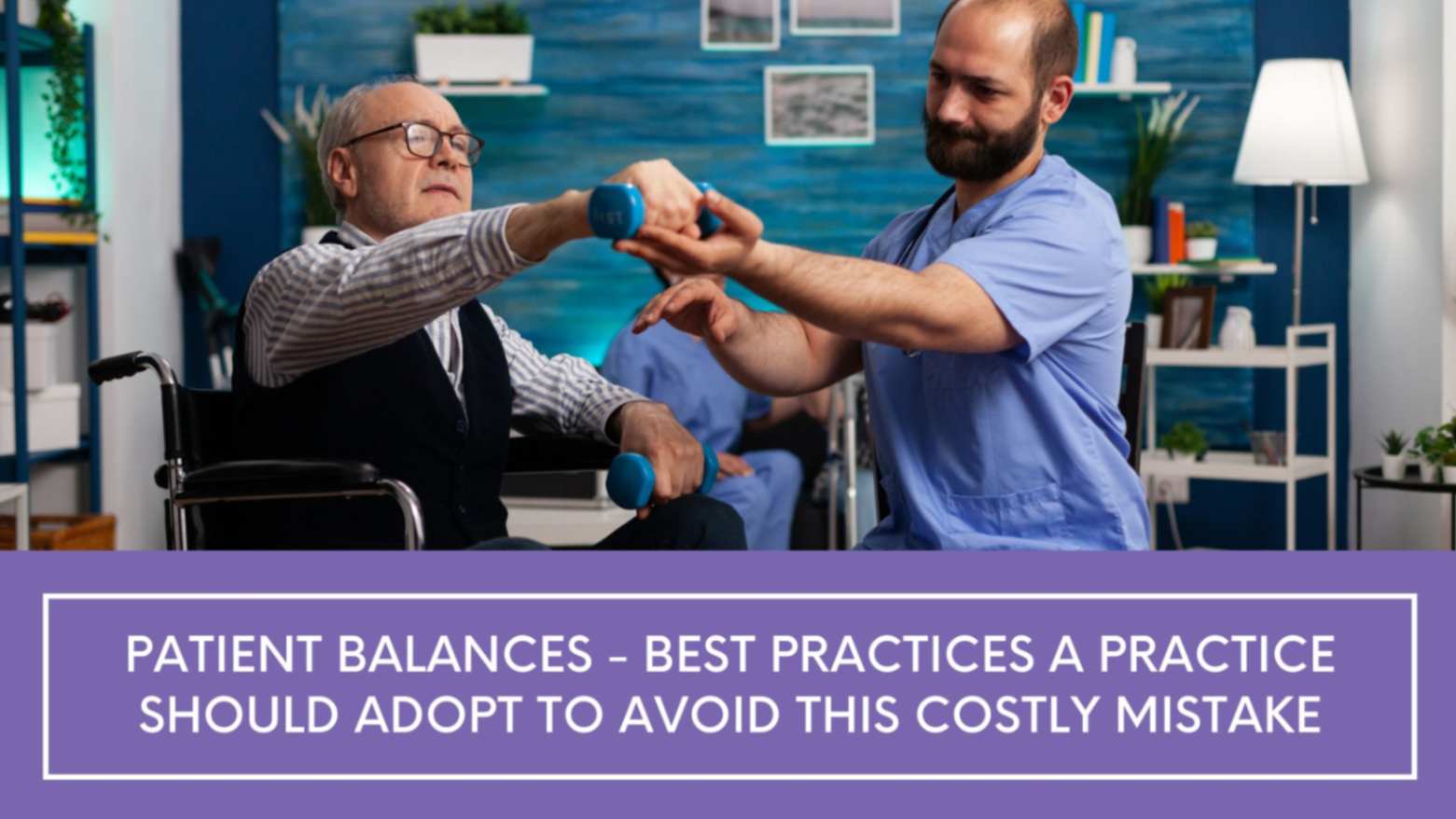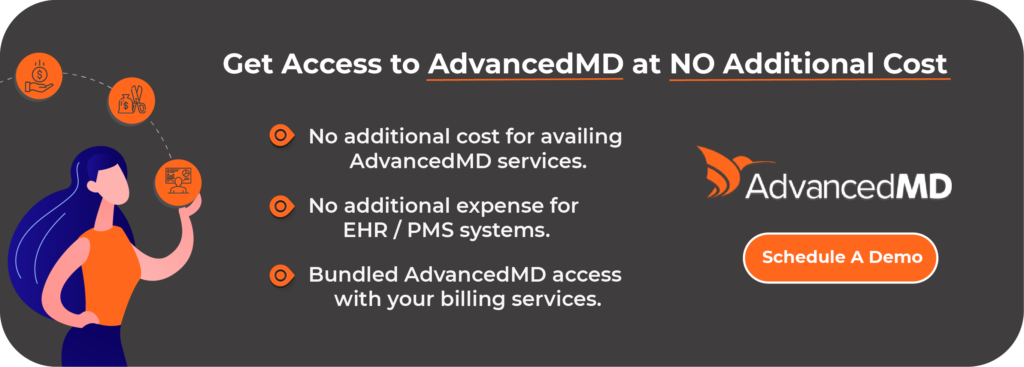Patient Balances – Best Practices a Practice Should Adopt to Avoid
The insurance industry has gone through a drastic change with more and more patients paying higher out-of-pocket expenses than before for their doctor’s visits. The TransUnion Healthcare Analysis of patient payment responsibility has shown an 11 percent increase in out-of-pocket patient expenses, in the span of one year. The average annual expenses paid by the patients have increased from $1,630 to $1,813. That is a significant increase given that the economy and patients’ income situations have remained the same, or worsened.
Insurance companies are now coming up with plans that have higher deductibles, meaning higher amounts are paid by patients, to begin with. Keeping that in mind, it is necessary for the success of your practice that you are up to date with the changes in a patient’s insurance plan or status. This is how you know who the payer is going to be, for your services, and helps you collect patient balances, if necessary.
Table of Contents
What are Patient Balances?
Patient balances refer to the amount that a healthcare provider, much like you, can charge the patient. This amount is not part of the amount that is payable by the insurance provider and the copays or coinsurance or deductibles paid by the patient. If you are charging the insurance provider $100 for a service provided to the patient at your practice, and the insurance covers $50, the patient pays $20 in copay or coinsurance, and the remaining $30 is what would be referred to as patient balance. This amount should be charged to the patient.
The important concept of patient balances is that it is not always legal. If the healthcare provider is in-network, meaning that the healthcare provider has already agreed to the negotiated fees with the insurance company and is part of the health plan, then patient balances are not applicable. Charging this amount would then be illegal, with several potential legal repercussions.
How to Collect Patient Balances?
Patient balances can be collected on the day of the appointment or they can be billed to the patient later on. While both methods are currently in practice, the former takes the lead when discussing successful payment collections. Payments can be made online using electronic fund transfers, or using credits cards, and even by cash.
Why is it Important to Collect at Point of Service?
Collection of payments should be done at point-of-service as it reduces AR days, increases cash flow, and maintains steady revenue for your practice. It avoids the stress of tracking patients and reduces the stress on your administrative staff. Moreover, the transparency of payment collections at the point of service helps build a rapport with the patient. It helps reduce the medical back-end collection costs for your service as well.
Tips to Help with Patient Balance Collection
Balance collection at point-of-service has many benefits but it is not always possible. There are several tips to help your service with patient balance collection, both at the point of care and at a later date.
Verify Insurance eligibility
Your administrative staff has to verify the patients’ insurance eligibility before the appointment to make point-of-service payment collections possible. Based on the information, your staff can inform the patient during one of the appointment reminder calls or emails, so that the patient can be better prepared to pay at the time of the appointment. This also avoids confusion for the patient during the appointment and gives the patient ample time to cancel an appointment if paying out-of-pocket is not possible for them.
Due dates and follow-ups
Patient balances can be billed to the patient after the appointment and sent to them by mail. One way to speed up the process of payment by the patient is to mention a clear due date along with other billing information. Not just that, appropriate yet frequent follow-ups will ensure that the patient has not forgotten about the bills. The trick is not to become overbearing and destroy the trust that you have to build with the patient while being firm enough to ensure that you are being paid in a timely manner.
Make payment process easier
Another problem that patients face when it comes to out-of-pocket payments, whether it is on the day of the appointment or later, is that the whole process is quite complicated. Providing different payment options, preferably online, can make it easy enough that patients can make the payment then and there using their phones. It would also be helpful to have a staff member who is well-versed in the entire process and can explain it to the patients so that they can understand what to do and how to pay.
Let the patient know about payment policies
This step is quite important as it avoids surprises for both the patient and you. Payment policies such as due dates, whether your service is considered in-network, or the eligibility of the patient should be made clear when the appointment is made so that the patient is prepared when they come to the practice. It is also important to clarify to the patient exactly what the payment is, and make a clear distinction between balance billing and copays or coinsurance. Patients may be surprised by the bill if they have already paid the copay for their visit if they do not understand what patient balances are and how they can pay them.
Have a credit card on record
Regardless of follow-ups, due dates, and transparency of the payment process, patients may skip on the payments which eventually negatively affect the running of your practice. The best way to combat this problem and ensure that your services are being reimbursed is by having a credit card for the patient on record. This also acts as a motivating factor for the patient to pay the dues by the due date.
ALSO READ – Why a Practice Should not Hesitate to Use a Collection Agency to Collect Patient Balances
Talk to Medical Billing Expert Today — Get a Free Demo Now!








